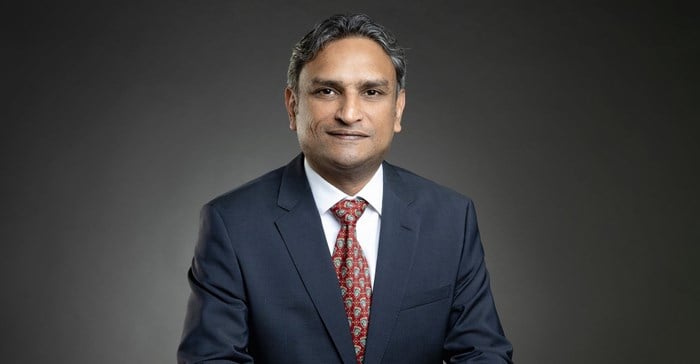Scientists from the Intergovernmental Panel on Climate Change (IPCC) have revealed that over 3 billion people are residing in areas highly susceptible to the devastating effects of climate change. Half of the world’s population is grappling with severe water scarcity for at least part of the year. This has led to a global call to arms, urging governments and business leaders to shield our planet from the escalating impacts of climate change.

Jobin Joejoe, deputy managing director at Sony MEA
African nations are enduring the most of this rapidly changing climate. At the recent COP28 in Dubai, South African President Cyril Ramaphosa delivered a powerful statement. He stressed that we cannot afford to lose momentum in the battle against climate change and underscored that climate action is integral to South Africa’s sustainable development agenda.
He further argued that no developing nation should be compelled to choose between achieving its sustainable development goals and bolstering climate resilience.
Genevieve Koolen 19 Dec 2023 Adding to the planet’s woes is the mounting issue of electronic waste. The UN estimates that by 2023, each person will produce approximately 8kg of e-waste, amounting to a staggering 61.3 million tonnes discarded annually. In response to this alarming trend, tech giants worldwide are investing millions to transform their environmental footprint.
Jobin Joejoe, deputy managing director at Sony MEA says, “In response to the increasingly serious global climate change risks, we decided to bring our climate change targets forward by 10 years from 2050. That means we aim to achieve 100% renewable energy by 2030 and net-zero through our entire value chain by 2040.”
Adapting to a changing world
Technology is one of the best defences we have against the coming climate crisis and many companies are realising this. By combining innovative technology with the continuous reduction of environmental impact at production sites, accelerated energy-saving mandates, the installation of solar power generation equipment, and the introduction of renewable energy, some world-leading tech companies are doing their part to attempt to avert disaster.
Another way this is happening is through the development of innovative new materials like SORPLAS.
Developed by Sony, SORPLAS is a flame-resistant material made from used water bottles and waste optical discs collected from factories. SORPLAS does not degrade at the same rate as conventional materials, allowing it to be recycled several times without compromising its quality.
This means SORPLAS can be used across the life cycles of multiple products making it the perfect fit for a circular economy. The material is used in a variety of Sony and external products including various products that add colour to our lives, durability, aesthetics, as well as providing solid durability. SORPLAS also has a beautiful surface appearance and can maintain its quality over extended periods of use.
Leaving linear behind
For much of modern human history, humans have had an extractive relationship with the environment. This ended up creating linear economies where the goal was profitability at all costs. The result was that raw materials would be collected and transformed into products that consumers used and discarded, with no concern for their ecological footprint and consequences.
“If we want to help avert and reverse our current climate outlook, we need to start converting to more circular economies that focus on reducing environmental impact,” says Joejoe.
One of the key factors for creating circular economies is sustainable product development. Several major tech companies are now investing heavily in research and development to create products that are both innovative and environmentally friendly.
This includes the use of recycled materials, eco-conscious manufacturing processes, and energy-efficient designs. For instance, Sony’s “Road to Zero” and “Green Management 2025” initiatives layout long- and short-term strategies to incorporate more circular strategies into their business model.
Where innovation and sustainability meet
Innovation is the best weapon we have to fight climate change and the world’s evolving environmental needs. Not only does it help us reach our climate goals, but it also unlocks innovative technologies that can be used to better our future. One of those is another Sony developed material called Triporous, that can turn rice husks into technology gold.
“Using rice husks, Triporous offers potential applications in a wide range of fields, such as water and air purification. It does this through a patented carbon microstructure that gives it three different pore sizes. We are confident that Triporous will lead to technological breakthroughs in various areas including textiles, bringing us closer to a recycling-oriented society,” explains Joejoe.
Tech industry leaders are stepping up to the plate, recognising their role in combating climate change and contributing to a circular economy. This transformation has been fuelled by a multifaceted approach that encompasses sustainable product development, waste reduction, and responsible disposal. As these efforts continue to gain momentum, the prospect of a greener, more sustainable future becomes increasingly attainable.
With enough commitment, we can ensure that the world we leave to our grandchildren is habitable, and impressively, tech companies are showing us how that may be possible.





































